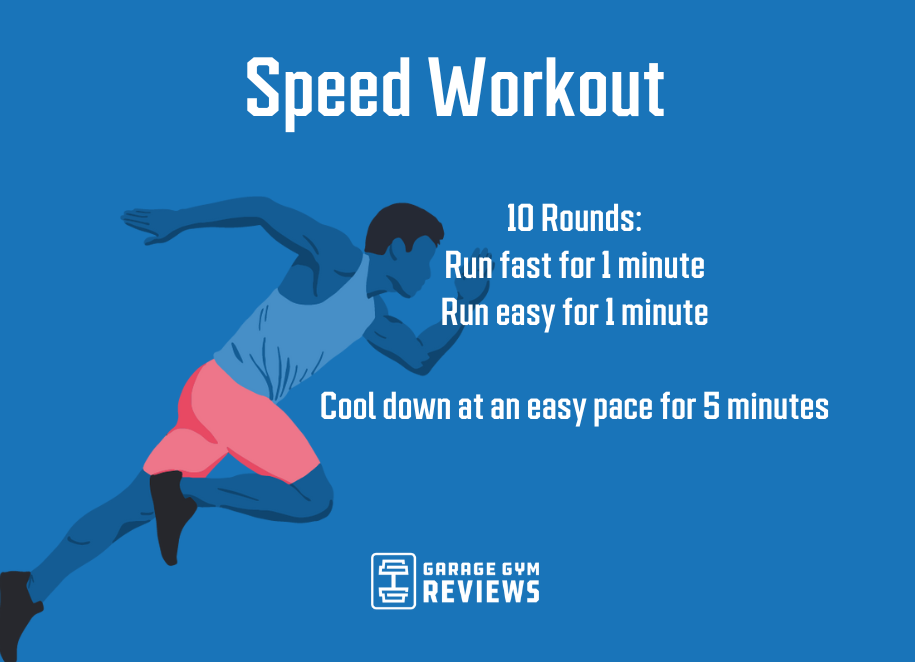Handling Typical Running Discomforts: Reasons, Solutions, and Avoidance
As joggers, we frequently experience different pains that can impede our performance and pleasure of this physical task. By exploring the root reasons for these running pains, we can discover targeted options and preventative measures to guarantee a smoother and much more satisfying running experience.
Typical Running Pain: Shin Splints
Shin splints, a typical running pain, usually result from overuse or inappropriate footwear during physical task. The repeated stress on the shinbone and the cells connecting the muscles to the bone leads to swelling and pain.
To avoid shin splints, individuals must slowly raise the strength of their exercises, put on appropriate footwear with proper arch support, and maintain flexibility and strength in the muscle mass surrounding the shin (running workout). Furthermore, integrating low-impact activities like swimming or cycling can assist preserve cardiovascular physical fitness while enabling the shins to heal.
Common Running Pain: IT Band Syndrome
In enhancement to shin splints, an additional widespread running discomfort that professional athletes usually run into is IT Band Disorder, a problem triggered by inflammation of the iliotibial band that runs along the outer upper leg and knee. IT Band Disorder commonly shows up as discomfort on the outside of the knee, especially during activities like running or cycling. The iliotibial band is a thick band of fascia that links the aware of the shin, and when it comes to be irritated or tight, it can massage versus the upper leg bone, causing discomfort and pain.
Joggers experiencing IT Band Syndrome may see a stinging or hurting experience on the outer knee, which can get worse with continued activity. Variables such as overuse, muscle inequalities, improper running type, or poor warm-up can contribute to the growth of this condition.
Typical Running Discomfort: Plantar Fasciitis

Plantar Fasciitis can be associated to different aspects such as overtraining, inappropriate shoes, working on hard surfaces, or having high arches or flat feet. To avoid and minimize Plantar Fasciitis, runners can integrate extending exercises for the calves and plantar fascia, use helpful footwear, preserve a healthy weight to decrease stress on the feet, and slowly enhance running intensity to avoid sudden tension on the plantar fascia. If symptoms persist, it is recommended to consult a healthcare professional for correct medical diagnosis and therapy choices to deal with the condition effectively.
Usual Running Discomfort: Runner's Knee
After dealing with the challenges of Plantar Fasciitis, another widespread concern that runners typically face is Jogger's Knee, an usual running pain that can hinder sports efficiency and cause pain throughout physical activity. Runner's Knee, additionally called patellofemoral pain disorder, materializes as pain around or behind the kneecap. This problem is commonly credited to overuse, muscle inequalities, incorrect running techniques, or troubles with the positioning of the kneecap. Runners experiencing this discomfort may really feel a boring, hurting pain while running, going up or down stairways, or after prolonged durations of sitting. To stop Jogger's Knee, it is essential to include appropriate workout and cool-down routines, keep strong and well balanced leg muscle mass, put on suitable shoes, and slowly raise running intensity. If signs and symptoms continue, inquiring from a medical care professional or a sporting activities medicine expert is advised to identify the underlying reason and develop a tailored therapy plan to ease the discomfort and avoid more problems.
Typical Running Discomfort: Achilles Tendonitis
Generally afflicting runners, Achilles Tendonitis is an uncomfortable problem that influences the Achilles tendon, causing pain and possible constraints in exercise. The Achilles ligament is a thick band of cells that attaches the calf bone muscles to the heel bone, essential for activities like running, jumping, and walking - get the real info. Achilles Tendonitis commonly creates due to overuse, incorrect footwear, insufficient extending, or abrupt increases in exercise
Signs of Achilles Tendonitis include discomfort and stiffness along the tendon, specifically in the early morning or after periods of inactivity, swelling that worsens with activity, and perhaps bone stimulates in chronic situations. To avoid Achilles Tendonitis, it is vital to my company stretch properly in the past and after running, use suitable shoes with appropriate support, progressively boost the intensity of workout, and cross-train to minimize repetitive stress and anxiety on the ligament.
Conclusion
:max_bytes(150000):strip_icc()/running-longer-or-faster-31e97070bda14ffc8afdea52094504c7.jpg)